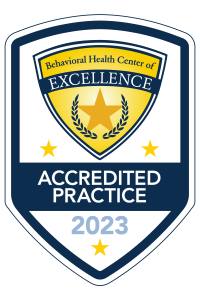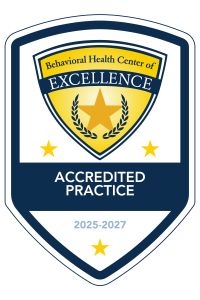ABA Therapy in Jacksonville
DESIGNED TO HELP CHILDREN WITH AUTISM BUILD ESSENTIAL SKILLS AND ACHIEVE THEIR DEVELOPMENTAL MILESTONES
We’re currently accepting new clients for ABA Therapy in both of our beautiful Jacksonville Learning Centers! At InBloom Autism Services, we specialize in early intervention ABA Therapy for children 18 months to 5 years old.
Our comprehensive, naturalistic, and play-based ABA therapy is designed to help children develop and thrive using treatment plans designed for each child’s specific needs and implements a range of techniques to increase desired behaviors and skills and to decrease behaviors that may be challenging. Learn more below!
Our first Learning Center in Jacksonville!
Our second Jacksonville Learning Center
Don’t have a diagnosis? We offer autism diagnostic evaluations!
*Diagnostic services coming to Connecticut in February 2026!
If your child is showing signs of autism but hasn’t received a formal diagnosis yet, InBloom can help. We’re proud to offer gold-standard, comprehensive autism diagnostic evaluations (ADOS-2 or Tele-ASD-Peds) for children between 18 months and 3 years old.
Our evaluations are performed by experienced clinicians who take the time to understand your child’s unique strengths and challenges. From the first conversation to the results review, our goal is to guide your family with clarity and compassion so you can take the next step toward the right support and care.
Call 888-754-0398 to find out if you qualify for an autism diagnostic evaluation in Arizona, Colorado, Florida, Texas, or Wisconsin.
Let InBloom Autism Services Help – Get Started Today!
We recognize that everyone is at a different point in their journey with an Autism diagnosis. So, we specialize in helping you start on a path to support, guidance, and growth at an autism therapy center near you. Our InBloom Care Team is here for you and your family. We are happy to answer any questions you may have. Give us a call at 888-754-0398
Our Leadership Team

Tim Bohman
Chief Executive Officer
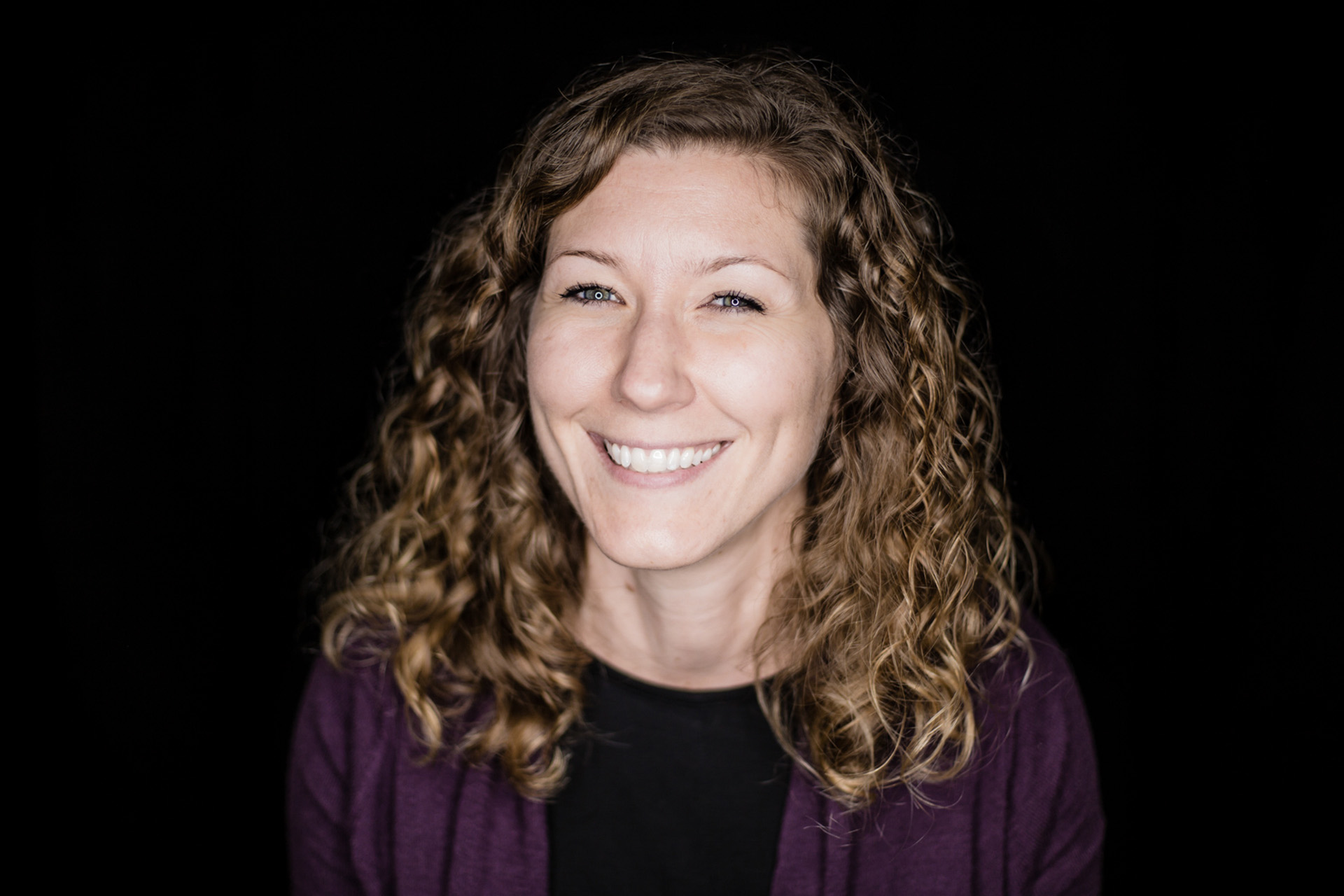
Ellen Fittro, M.S., BCBA
Chief Clinical Officer
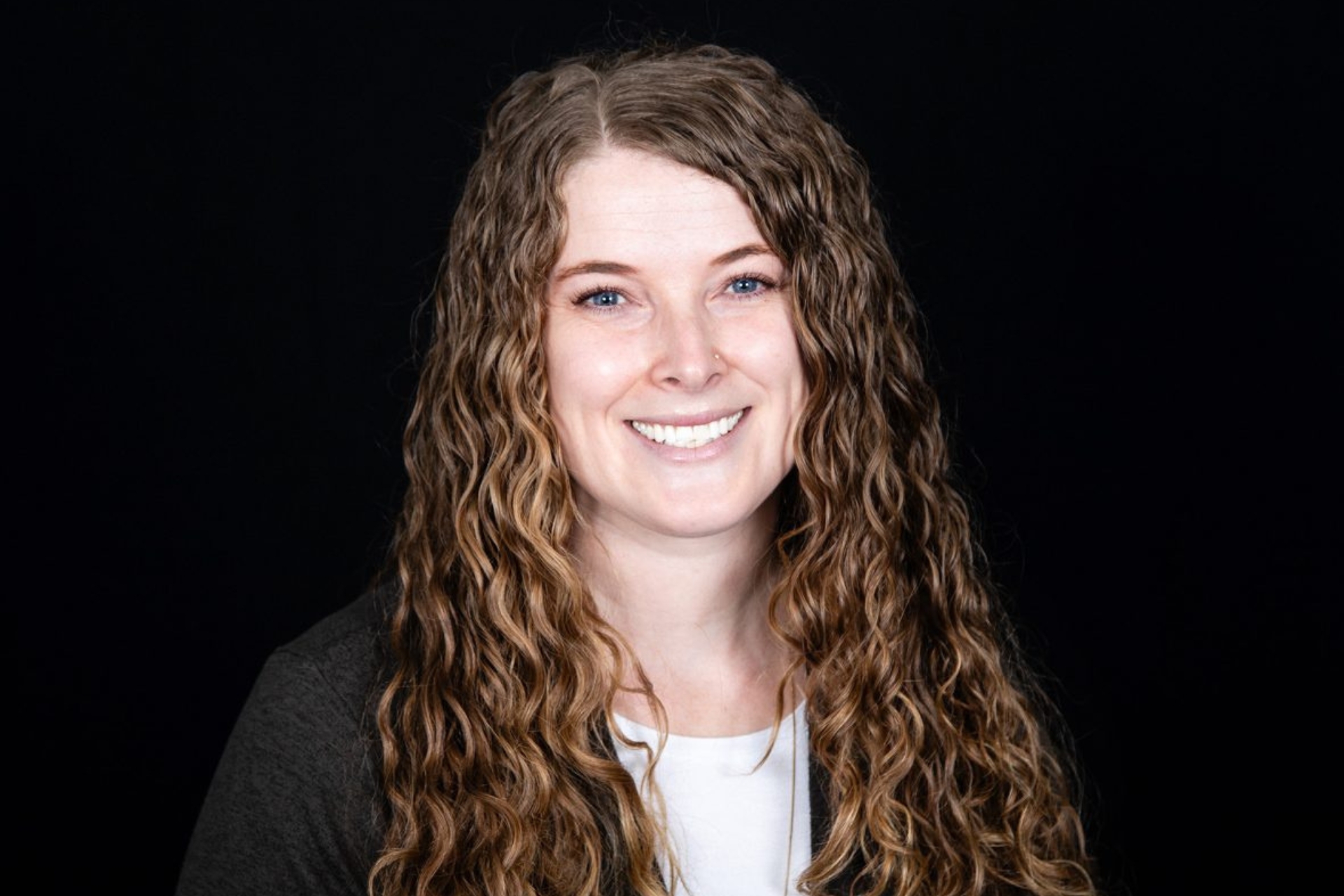
Abigail Dunn, M.S., BCBA
SENIOR VP CLINICAL/OPERATIONS
Our Clinical Leads
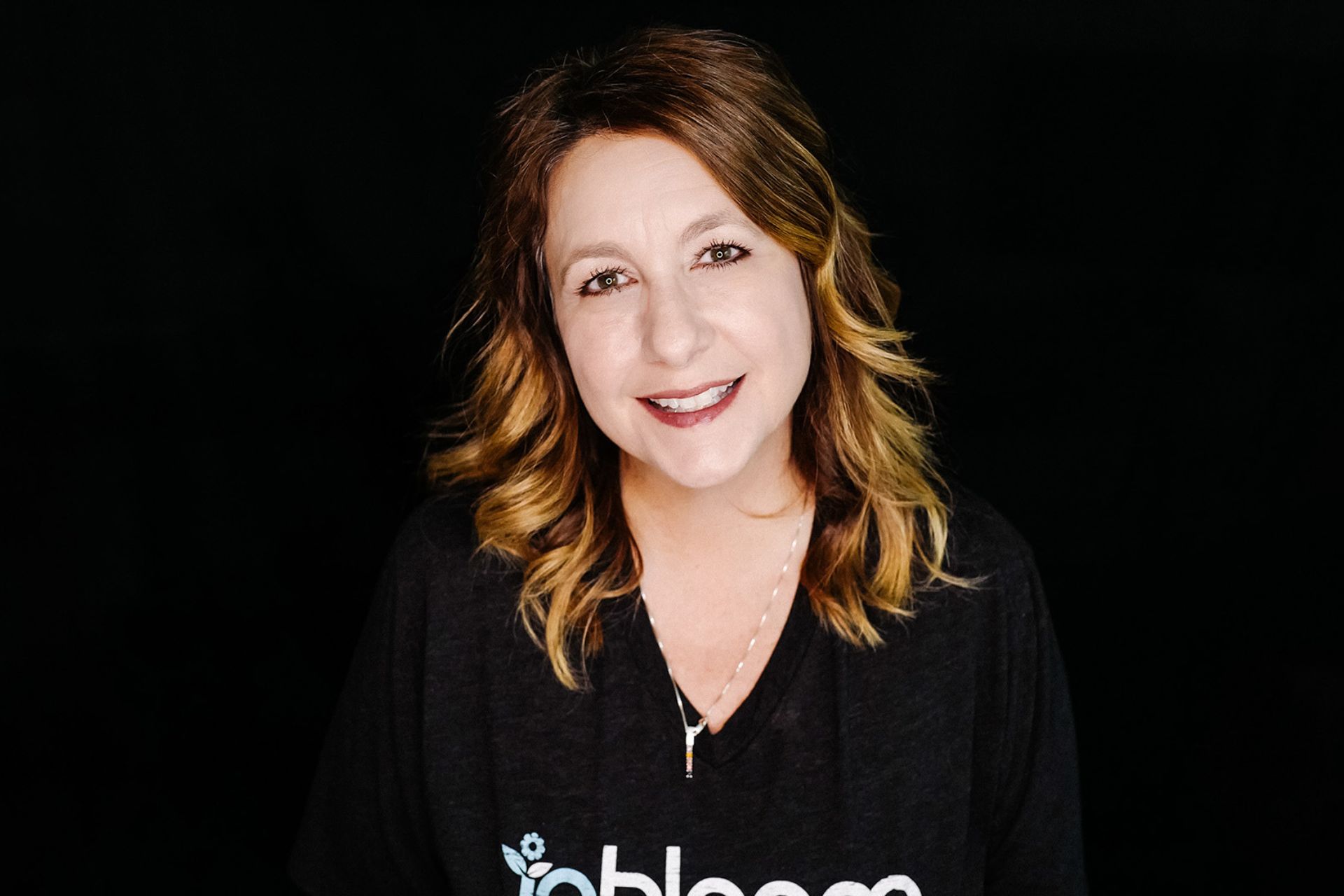
Jaqui Otto, PhD
Clinical psychologist

Yana Grigoryeva, M.S., BCBA
Clinical Vice President

Archana Rajareddy, M.S., BCBA
Clinical Vice President





























